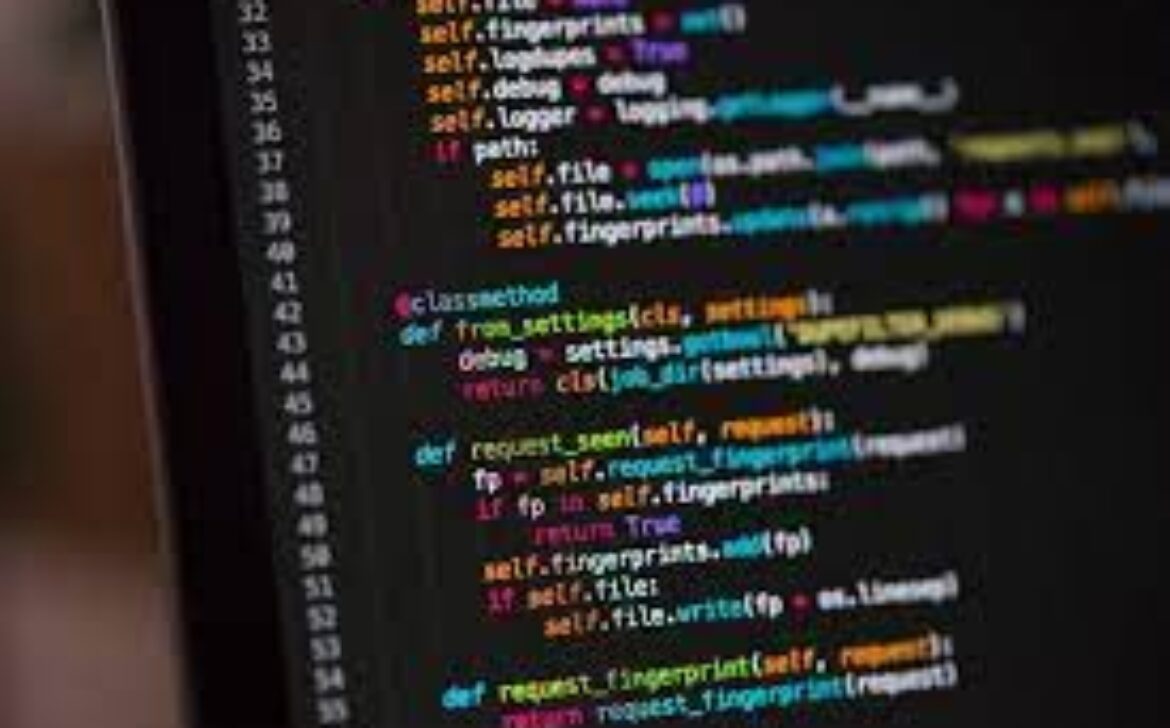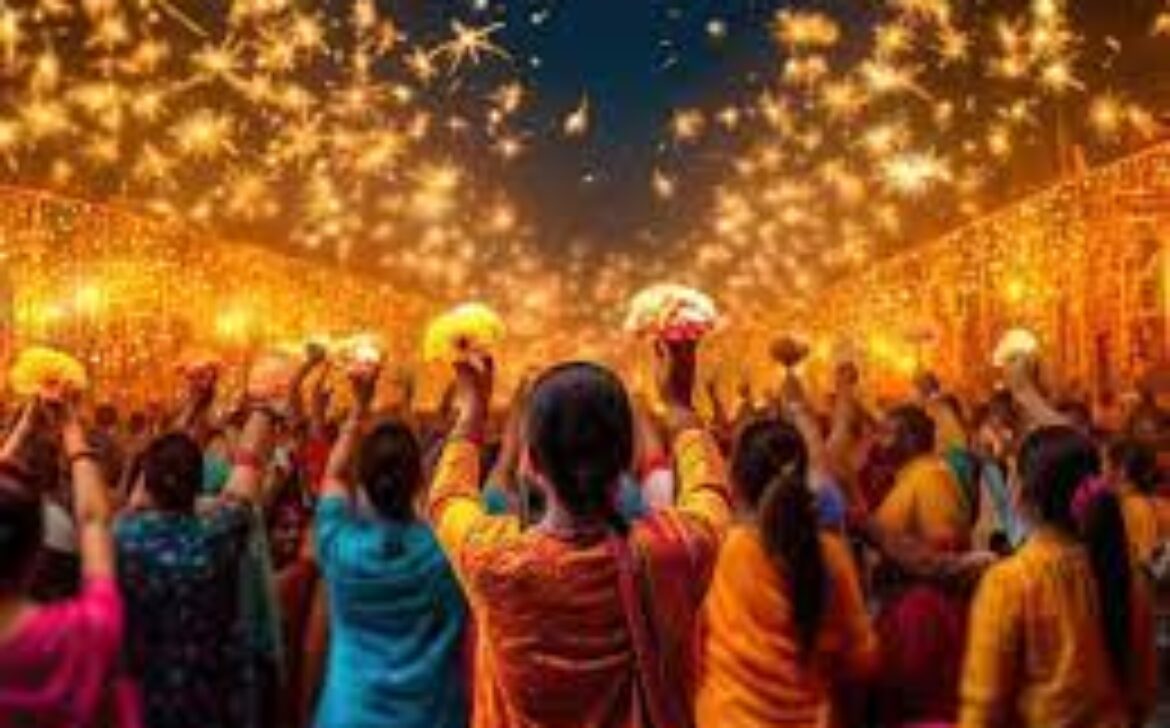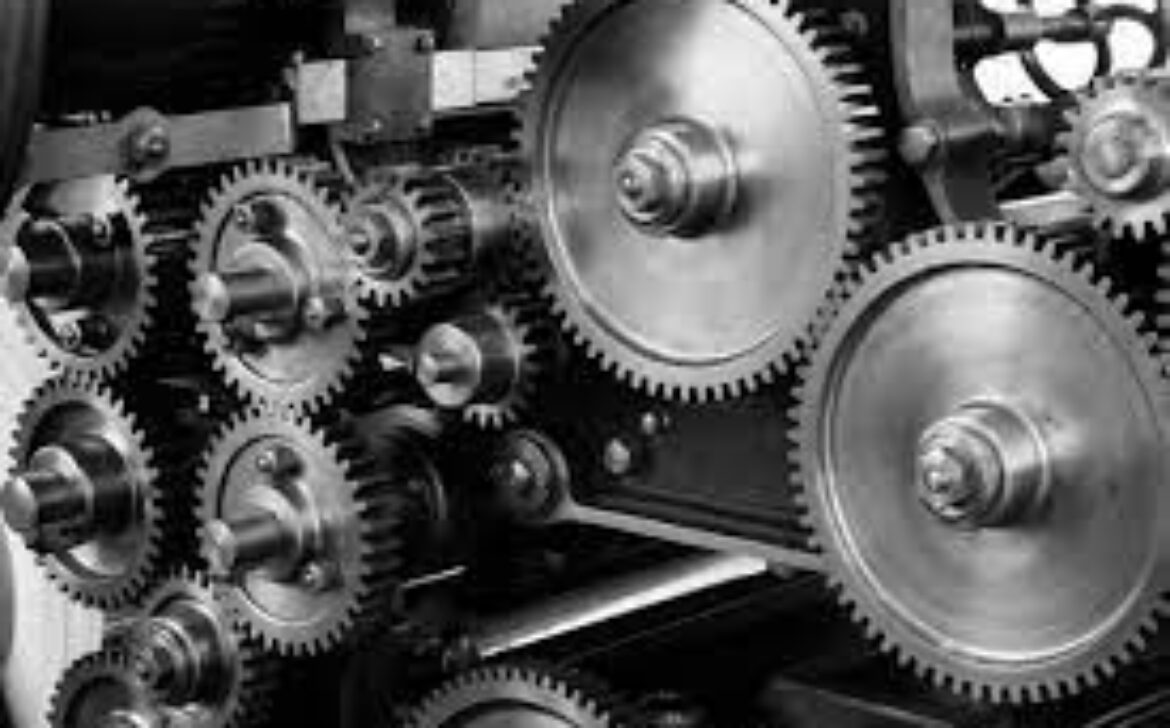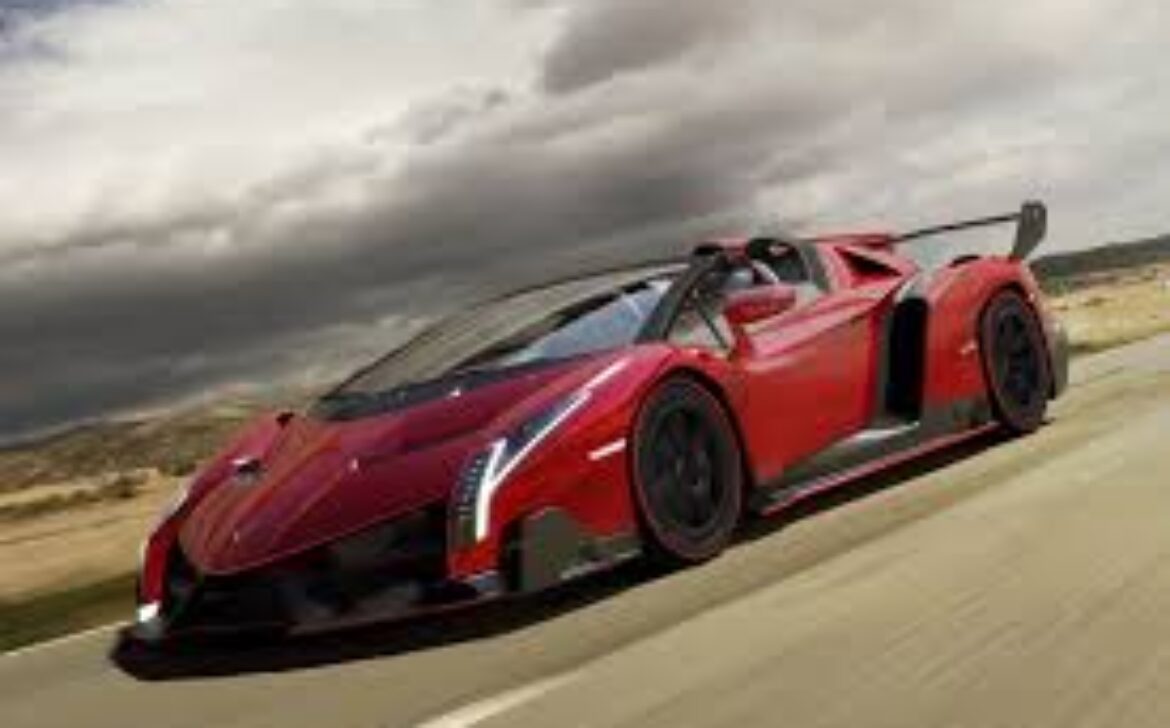HTML: Building the Foundations of the Web
Introduction:
In the vast digital landscape, where websites and applications seamlessly connect people around the world, HTML (Hypertext Markup Language) stands as the unsung hero, providing the structural framework that underpins the entire web. In this blog, we’ll unravel the magic of HTML.
- The Language of the Web:HTML is the backbone of every webpage, the language that browsers understand to render content. It is a markup language that structures the elements on a webpage, defining everything from text and images to links and interactive forms.
- Simple Yet Powerful Syntax:The beauty of HTML lies in its simplicity. It uses a tag-based syntax, where elements are enclosed in angle brackets. For example,
<p>denotes a paragraph,<img>represents an image, and<a>defines a hyperlink. - Document Structure:Every HTML document follows a standardized structure. It begins with the
<!DOCTYPE html>declaration, followed by the<html>tag, containing the<head>and<body>sections. - Semantic HTML:HTML is not just about structure; it’s also about semantics. Semantic HTML introduces meaning to the elements, making the code more readable for both developers and browsers.
- Creating Links and Navigation:HTML facilitates seamless navigation through the creation of hyperlinks. The
<a>(anchor) tag is used to create links, allowing users to navigate between pages or resources. - Multimedia Integration:HTML supports the integration of multimedia elements, such as images, audio, and video. The
<img>tag embeds images, while the<audio>and<video>tags allow for the inclusion of audio and video content. - Responsive Design and HTML5:With the advent of HTML5, the language has evolved to support modern web development needs. HTML5 introduces new elements like
<article>,<section>, and<nav>, enhancing semantic structuring. Additionally, - The Gateway to Web Development:HTML serves as the gateway for many aspiring web developers. It lays the foundation upon which CSS (Cascading Style Sheets) and JavaScript are added to enhance presentation and interactivity.
Conclusion:
HTML, the quiet workhorse of the web, empowers developers to create the digital experiences we encounter daily. Its simplicity, versatility, and evolving standards make it an essential language for anyone looking to understand the anatomy of the web.










